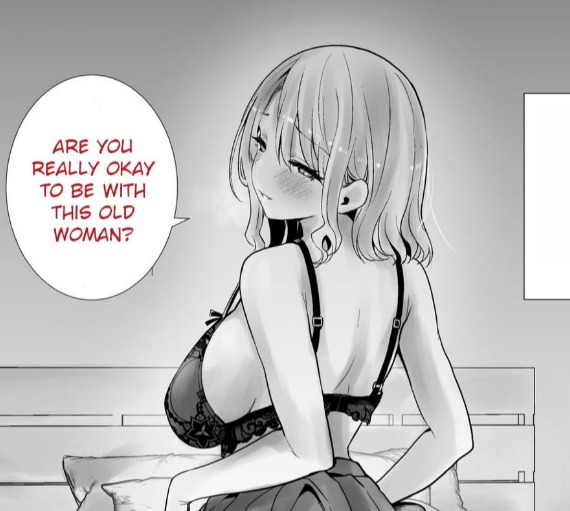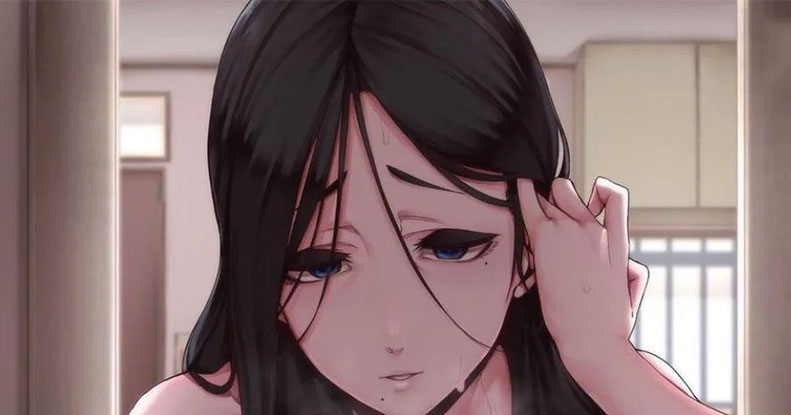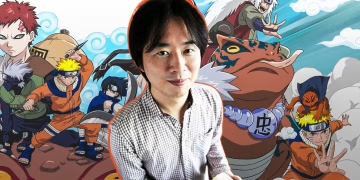The Japanese manga and anime industry has given us many stories with unique perspectives that go beyond the usual superheroes and antiheroes.
Anime characters can connect with fans from all walks of life, making it an ideal platform for diverse representation and inclusivity.
While the anime world has made strides in representing the LGBTQ+ community respectfully, there’s still a noticeable gap when it comes to portraying individuals with autism spectrum disorder (ASD).
ASD, or autism spectrum disorder, is a developmental condition that isn’t always well understood, and its depiction in media is limited and often lacking.
Recently, Western media has been stepping up its game by offering meaningful and sensitive representation of ASD.
These portrayals showcase the real struggles of living with autism while also highlighting the diverse and relatable nature of the ASD community, just like any other group.
This progress prompts us to consider the anime industry’s potential to represent this neurodivergent community in its future works.
Looking back, there are numerous anime series that could have incorporated ASD representation.
This could have been done by depicting an existing character as autistic or by introducing an ASD side character.
That aligns with the show’s themes of friendship, overcoming challenges, acceptance, and embracing uniqueness.
1) Horimiya
In the widely loved anime Horimiya, the focus is mainly on a tender and charming romantic comedy unfolding within the backdrop of a typical Japanese high school.
However, beyond the of young love, Horimiya delves into deeper themes. Alongside romance, the anime explores the journey of individuals.
Uncovering the concealed aspects of each other’s personalities and forming friendships rooted in understanding and acceptance.
Take Izumi Miyamura, for instance. He transcends the stereotype of a gloomy young man, instead. He emerges as a vibrant and expressive individual with a nurturing and protective demeanor akin to that of an older brother when he’s away from the school environment.
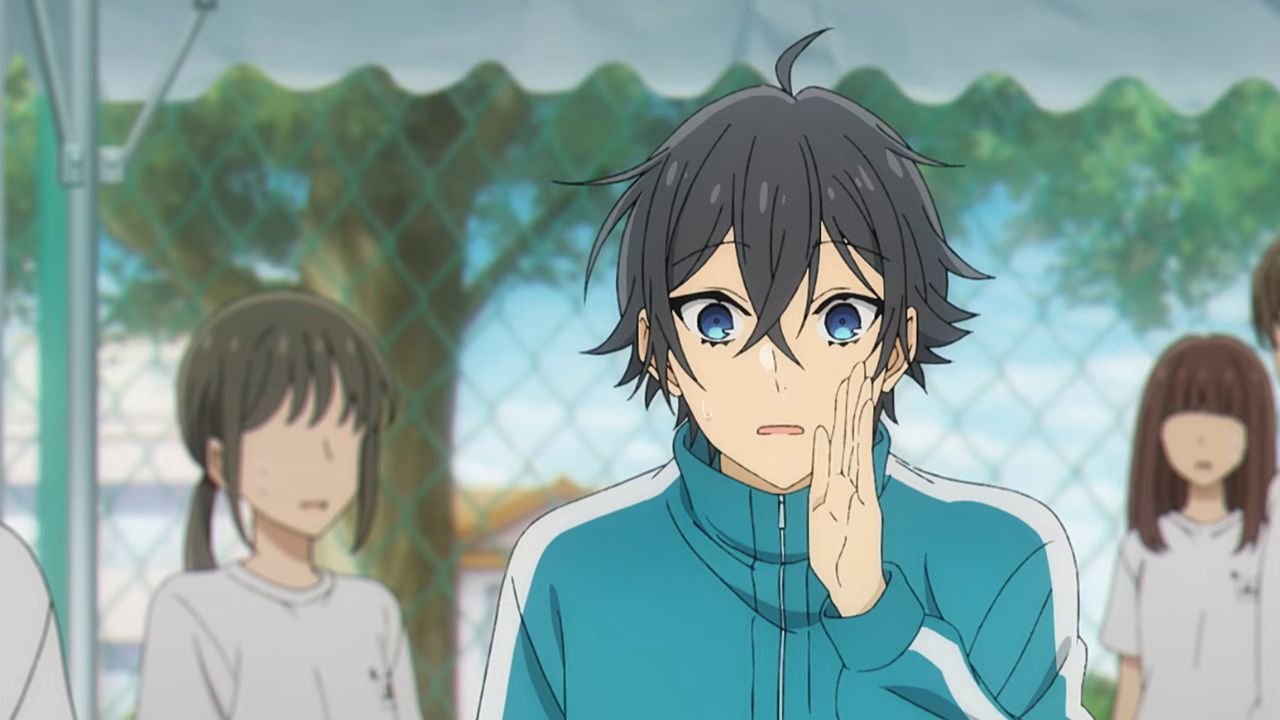
While Horimiya didn’t explicitly represent any marginalized groups, its uplifting themes could have provided an excellent opportunity for inclusion.
For instance, the series could have introduced a character who is canonically autistic. This character might have initially appeared awkward and perhaps unpopular at school due to their unique traits associated with autism.
However, just like the main characters Izumi and Kyoko, this character could have had another side to them that would have intrigued and attracted the protagonists, ultimately leading to a heartwarming friendship.
2) Maid-Sama!
Maid-Sama! is a shojo romance anime that revolves around the theme of discovering and supporting each other’s hidden sides, whether as friends or lovers.
If the series were to introduce an autistic character, the ideal portrayal would involve them initially needing some assistance but ultimately standing on their own, or even taking on the role of a savior for others.
Given the setting of Maid-Sama! in a former all-boys school with a minority of female students, the introduction of an autistic character could add depth to the narrative while highlighting the diverse experiences within the school community.
This character could navigate their own journey of self-discovery and empowerment, demonstrating that individuals with autism are capable of both receiving and offering support in their own unique ways.

Introducing an autistic male student into Maid-Sama! who blurs the line between the groups of boys and girls could indeed add an intriguing dynamic to the series.
With Misaki Ayuzawa’s protective nature towards the girls, the presence of a gentle autistic boy who shows kindness towards them could challenge her perceptions and expectations.
This character could disrupt the established dynamics and stereotypes within the school, providing an opportunity for deeper character development and exploration of themes related to acceptance and understanding.
Misaki’s interactions with the autistic boy could lead to meaningful growth for both characters as they navigate their differences and learn to see each other beyond initial impressions.
3) Dr. Stone
While some anime fans may interpret protagonist Senku Ishigami from Dr. Stone as a character possibly coded as autistic, it’s essential to note that there’s no official confirmation of this within the series.
Moreover, Senku lacks many aspects typically associated with autism spectrum disorder (ASD). Instead, it’s more plausible that Senku represents an example of what’s known as the Broader Autism Phenotype (BAP).
In BAP, individuals may exhibit some traits commonly seen in ASD but do not meet the criteria for a diagnosis.
This nuanced portrayal suggests that Senku embodies certain ASD traits without explicitly being labeled as autistic.
While it’s improbable that Senku from Dr. Stone was intentionally coded to represent any specific neurodivergent condition.
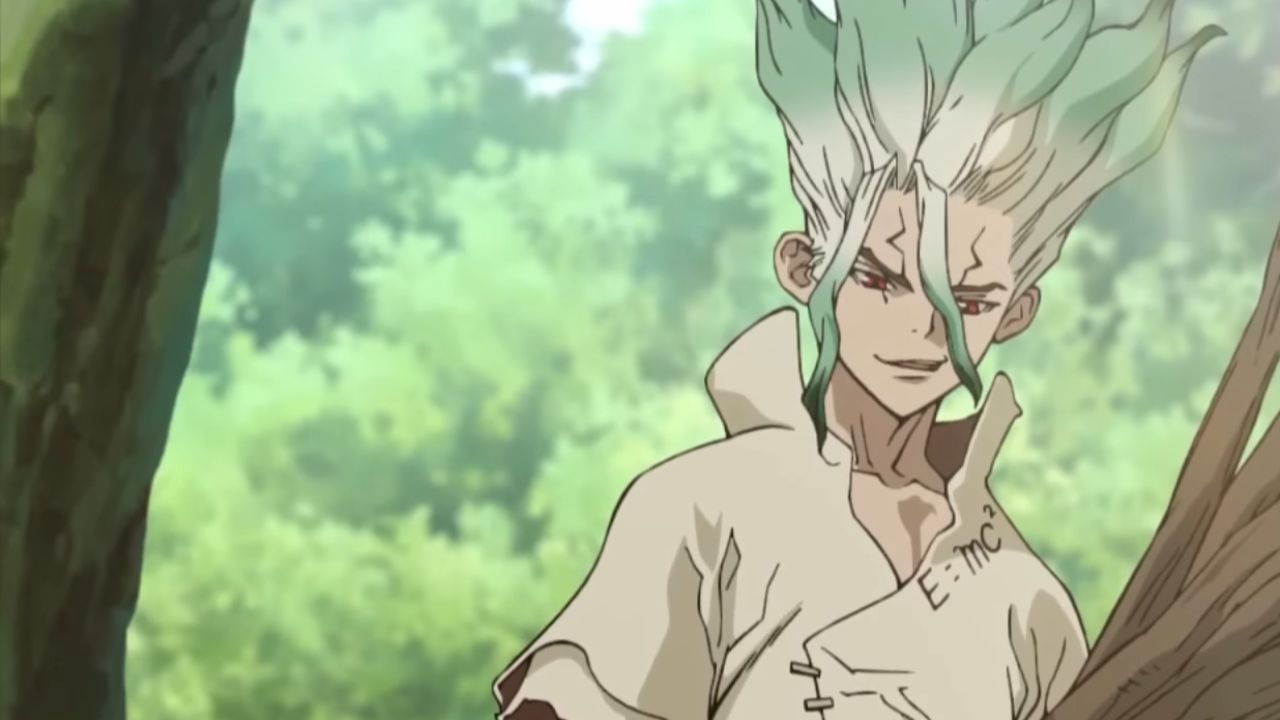
Looking back, the edutainment anime presented an excellent opportunity to showcase ASD representation through its genius, science-loving protagonist.
Although it’s essential to recognize that the ASD community encompasses a diverse range of individuals beyond just science and math enthusiasts.
A character like Senku could have marked a significant step forward in representation for the autism community within the anime world.
embracing diversity and fostering inclusion within friendships and relationships.
4) Wotakoi
Indeed, Wotakoi: Love is Hard For Otaku centers around characters who navigate the complexities of understanding and appreciating each other’s hidden sides.
In this josei romantic comedy, four working adults share a secret love for otaku culture, which they conceal from their colleagues to avoid potential judgment.
This narrative context provides a suitable backdrop for the inclusion of marginalized groups, including the ASD community.
By incorporating characters from the ASD community into the storyline, Wotakoi could explore themes of acceptance, understanding, and camaraderie among individuals with diverse backgrounds and interests.
This inclusion would not only enrich the narrative but also promote greater representation and empathy within the anime community.
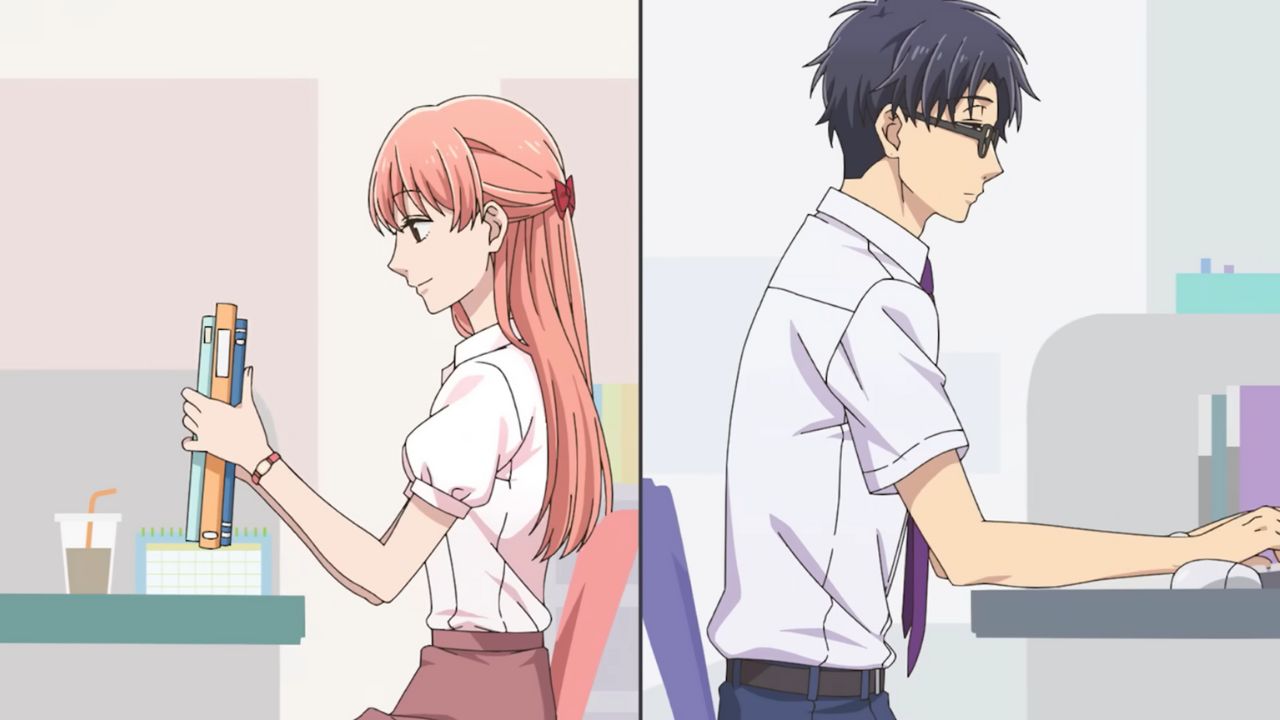
While Wotakoi currently lacks such representation, its heartwarming themes and endearing characters provide an ideal foundation for it.
Protagonist Narumi Momose, with her empathetic and supportive nature, has demonstrated her ability to uplift and celebrate the strengths of others, as seen in her interactions with the timid dandere Ko Sakuragi.
In a similar vein, Narumi could extend her kindness and encouragement to a self-doubting character from the ASD community, empowering them without patronizing them.
By showcasing genuine acceptance and support from Narumi and the other characters, Wotakoi could portray a meaningful narrative that highlights the importance of
5) Monthly Girls’ Nozaki-Kun
Although it may initially seem unconventional, a zany high school anime like Monthly Girls’ Nozaki-Kun could provide an unexpected yet fitting platform for meaningful representation of marginalized groups.
Despite its comedic tone, the Nozaki-Kun anime boasts a diverse and vibrant cast of characters who embrace their quirks and eccentricities with confidence.
Within this framework, there is ample opportunity to introduce characters from marginalized communities, such as the ASD community.
In a way that goes beyond the conventional narrative of neurotypical characters protecting and understanding them.
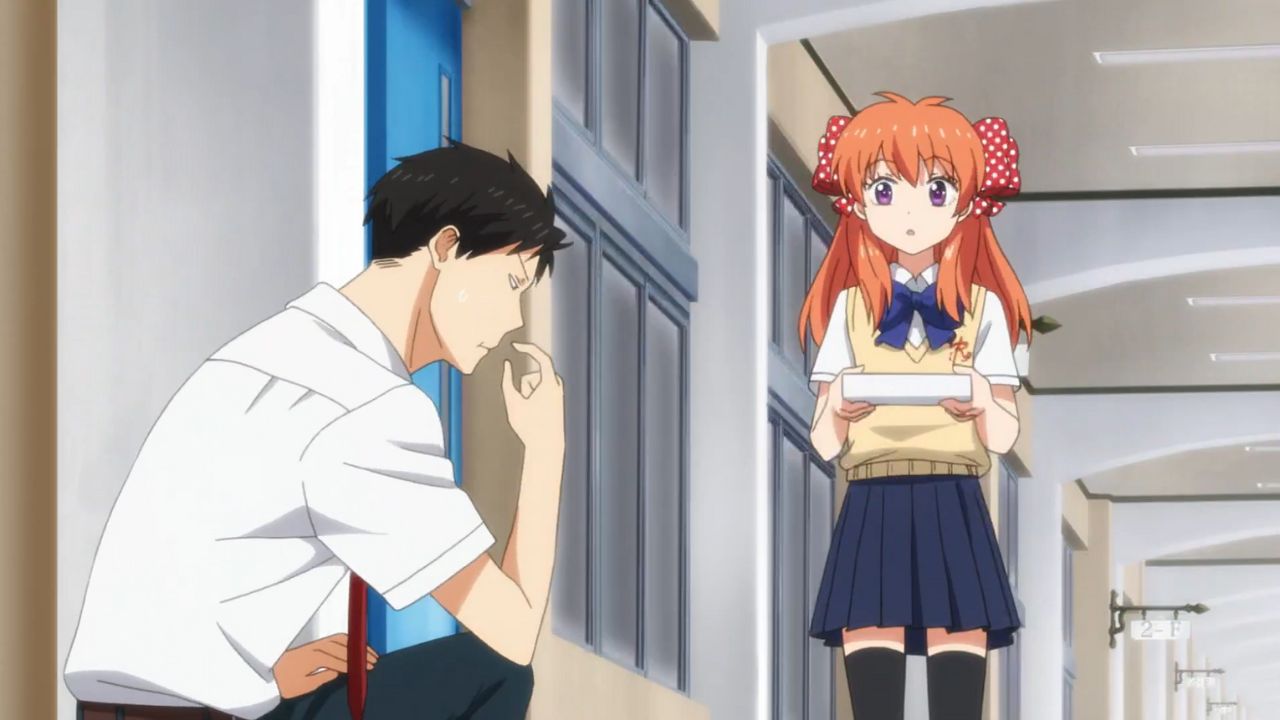
it’s incredibly empowering when shows and anime portray autistic characters being accepted for who they are without needing apologies or special protection.
In a series like Nozaki-Kun where characters freely express their unique quirks and personalities, ASD individuals would be welcomed to do the same.
By embracing their true selves without reservation, the Nozaki-Kun anime could convey the message that ASD individuals are not solely defined by their developmental disorder.
They are defined by their individuality, just like anyone else, regardless of neurodiversity. This portrayal would foster a more inclusive and accepting narrative that celebrates the diversity of human experiences.
6) Fruits Basket
Fruits Basket, a beloved shojo romance, follows the story of Tohru Honda, a protagonist known for her empathy, kindness, diligence, and social skills.
Throughout the series, Tohru dedicates herself to supporting the emotionally vulnerable Sohma family members, one by one.
Tohru’s character embodies the values of compassion and understanding, traits she learned from her mother, who taught her to give people second chances and see beyond their surface appearances to their true selves.
This aspect of her personality not only drives the plot forward but also serves as a central theme of the series.
By highlighting the transformative power of empathy and acceptance in fostering genuine connections and healing emotional wounds.
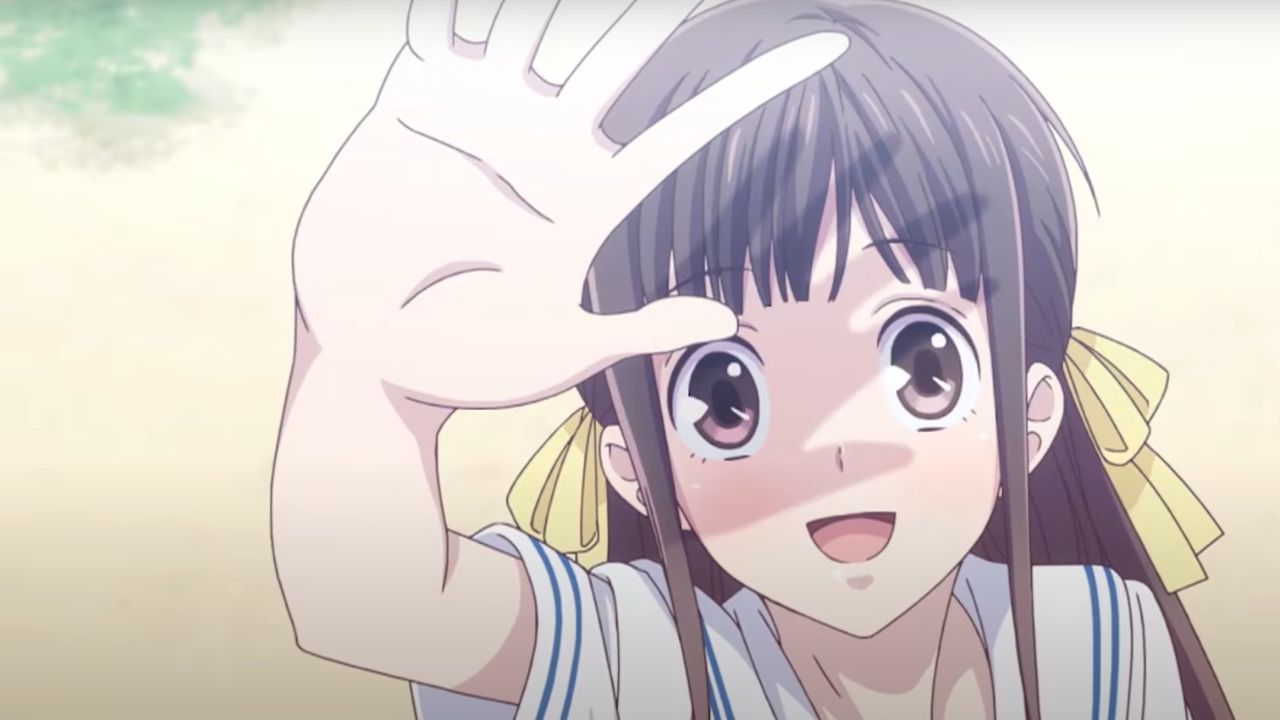
Tohru’s friendships with outcast girls like Arisa Uotani and Saki Hanajima provide important depth and diversity to the narrative of Fruits Basket.
While her interactions with the Sohma family members dominate the storyline, her relationships with non-cursed characters add variety and richness to the series.
Expanding Tohru’s circle of friends to include an autistic character could have further enriched the narrative. This character, seeking or needing a highly empathetic friend like Tohru.
It would have added another layer of diversity and representation to the story. By incorporating an ASD character into Tohru’s three-girl squad of friends, Fruits Basket could have explored themes of understanding, acceptance, and the power of genuine connection in the face of differences.
7) Aharen-San is Indecipherable
Aharen-San is Indecipherable is a quirky and brief romance anime featuring the kuudere characters Raido and Reina Aharen, who express their affection through food and games.
However, the anime delves deeper than mere romance. It revolves around the theme of individuals discovering and valuing each other’s concealed aspects, akin to Horimiya.
In this instance, Aharen emerges as a gentle and capable girl with many talents to offer. Unfortunately, her soft-spoken nature leads others to overlook her potential.
Introducing ASD representation into this anime could indeed enrich the existing dynamics between Raido and Aharen, as well as contribute to their character arcs.

One approach could involve revealing that either Raido or Aharen is on the autism spectrum, adding another layer to their relationship and individual development.
Alternatively, the anime could introduce a new character as an ASD classmate, whose journey mirrors the theme of uncovering hidden qualities shared by Raido and Aharen.
This character’s arc could focus on their peers gradually recognizing and appreciating their unique perspectives and abilities, aligning with the overarching theme of the series.
8) One-Week Friends
One-Week Friends is indeed a charming romance anime centered around the heroine, Kaori Fujimiya, who faces the challenge of forgetting all her friends every Monday morning due to an unusual condition.
This condition makes it difficult for her to maintain any friendships. The male co-lead, Yuki Hase, is portrayed as determined to help Kaori overcome this obstacle and find happiness through new friendships.
This premise offers a poignant exploration of the complexities of friendship and memory, as well as the resilience of the human spirit in overcoming challenges.
Yuki’s unwavering commitment to supporting Kaori despite the weekly setbacks highlights themes of empathy, understanding, and the transformative power of genuine connection.
One-Week Friends revolves around themes of bravery and overcoming hardships, which resonate deeply with individuals on the autism spectrum.
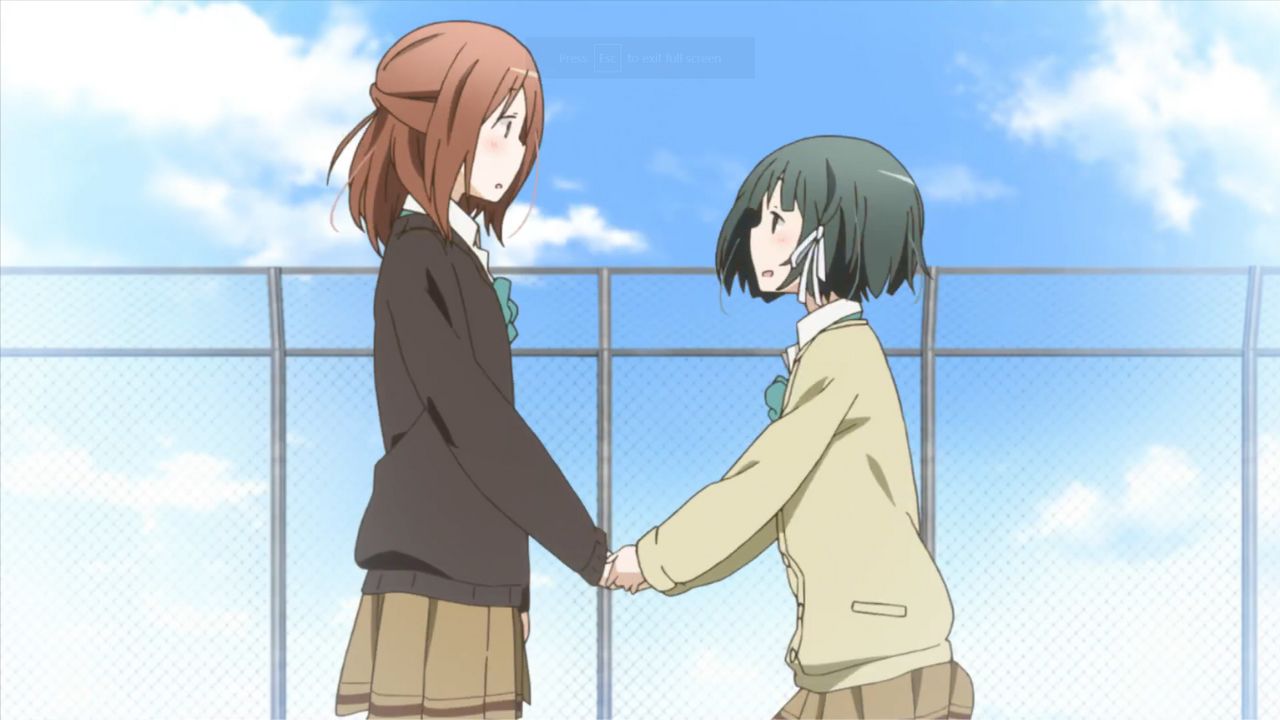
Introducing an autistic character into the series could further enrich these themes by offering a perspective that empowers Kaori with their own experiences.
This character could serve as an inspiration to Kaori, demonstrating how they navigate their condition with confidence and resilience, challenges and all.
By showcasing the autistic character’s comfort with their own identity, the series could highlight the importance of self-acceptance and finding strength in one’s differences.
Moreover, their interactions with Kaori could foster mutual growth and understanding, ultimately reinforcing the message of courage and perseverance in the face of adversity.
9) Komi Can’t Communicate
Despite Komi Can’t Communicate being reminiscent of a lighthearted parody of anime, with its whimsical stock characters and subtly unconventional twists on typical anime tropes.
It transcends mere comedic elements. Beneath its surface, the anime carries a poignant subtheme centered around high school students embracing and endorsing one another’s diverse array of differences.
This includes accepting unconventional hobbies, personalities, and quirks among peers. Given protagonist Shoko Komi’s own struggles with communication, she understands firsthand what it’s like to feel different due to a disorder.
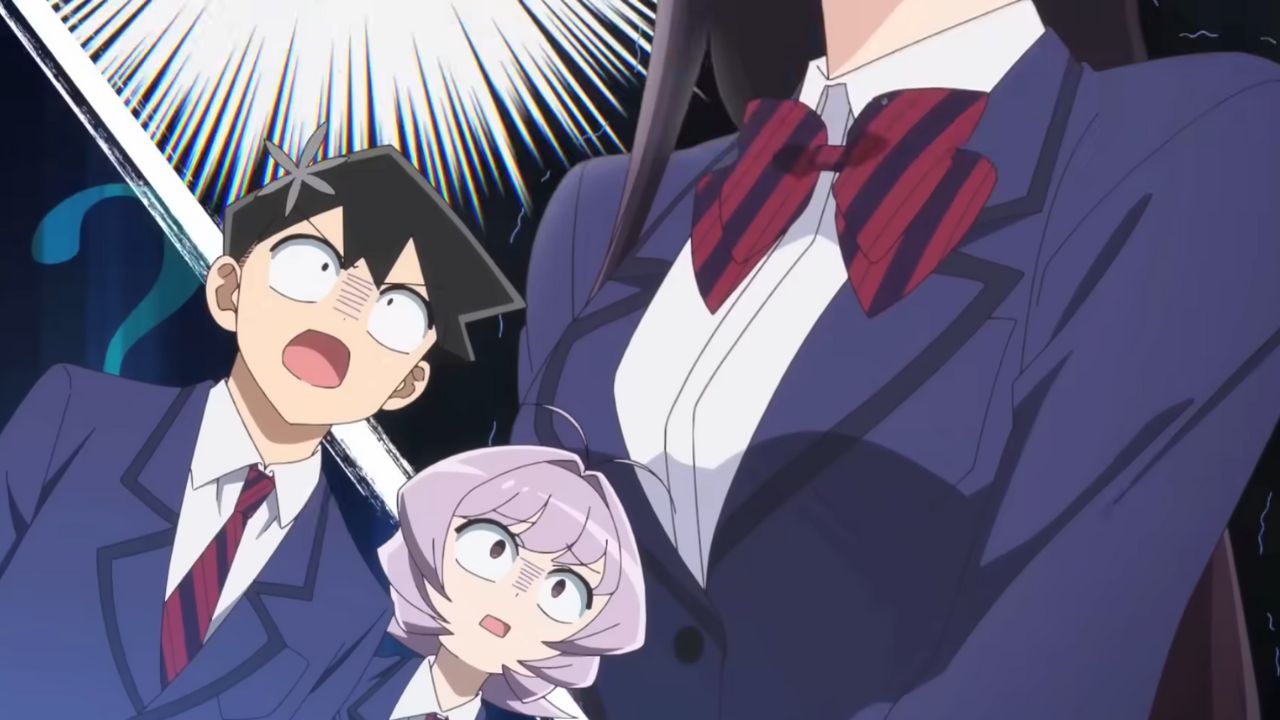
With this empathy, she would likely extend a hand of friendship to an autistic classmate, recognizing the shared experience of feeling out of place among peers.
The highly empathetic Hitohito Tadano would also likely forge a friendship with the ASD classmate, making them feel welcomed and accepted in their social circle, if they haven’t already experienced such inclusion.
10) Shikimori’s Not Just a Cutie
While Shikimori’s Not Just a Cutie may not rank as the top romance anime, its themes and atmosphere do create a fitting backdrop for representation and inclusion of marginalized groups.
Therefore, the introduction of an autistic character into its narrative would have been warmly welcomed.
Shikimori, with her pink hair, is portrayed as a mature, protective, and empathetic character who offers unwavering support to those in need, including her romantic rivals.
This inclusive approach to character dynamics could have provided an ideal space for the inclusion of an autistic character, further enriching the narrative and promoting diversity within the anime.
Absolutely, it’s crucial for media to avoid portraying the ASD community solely as helpless victims who constantly need saving by neurotypical characters.
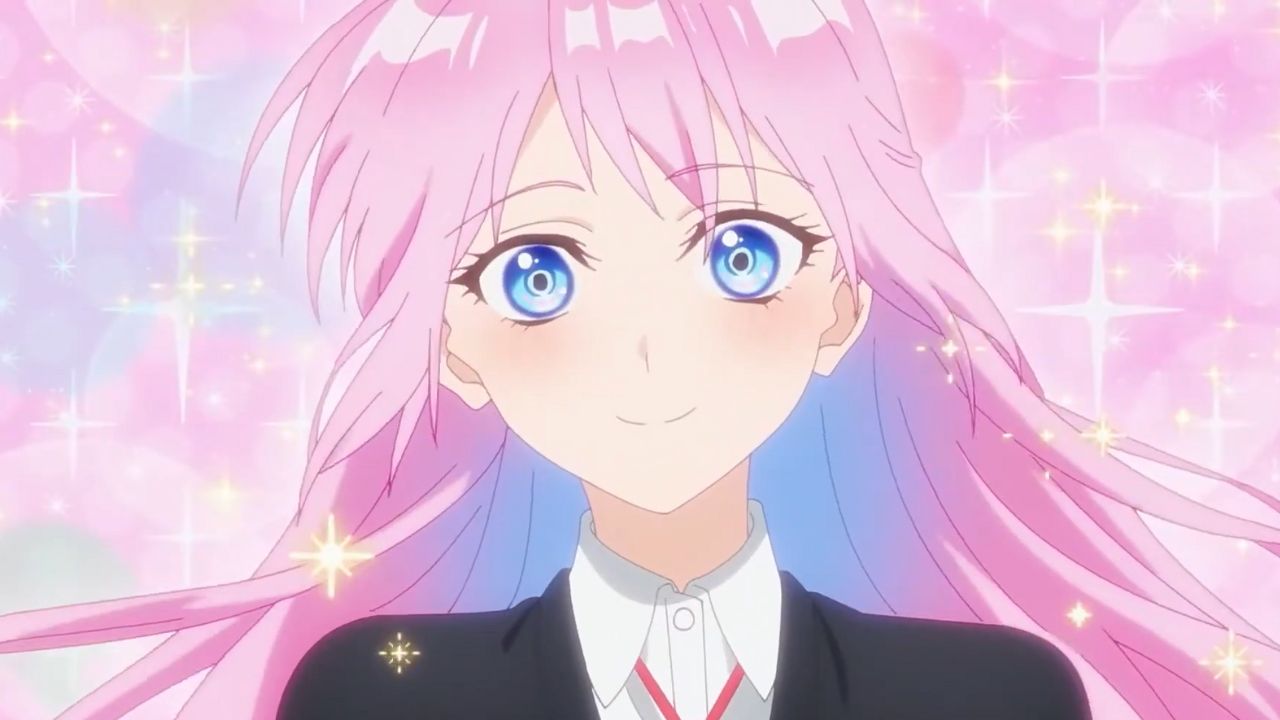
It’s essential to develop multidimensional arcs for ASD characters that go beyond relying solely on sympathy from neurotypical friends.
In the context of the Shikimori anime, Shikimori could indeed inspire and befriend a meek ASD character. However, rather than solely depending on her initial help, the ASD character could gradually develop and thrive independently, showcasing their own strengths and capabilities.
This narrative approach would not only avoid reinforcing harmful stereotypes but also highlight the resilience and potential for growth within the ASD community.
Honorable Mentions
Tomodachi no Mama ga Boku no Dekachin de Ikimakutta Oshougatsu Otoshidama Soushuuhen
Douketsu no Mujina
Douketsu no Mujina is a manga for fun time. It is very good and at times, hilarious in a very weird way.


